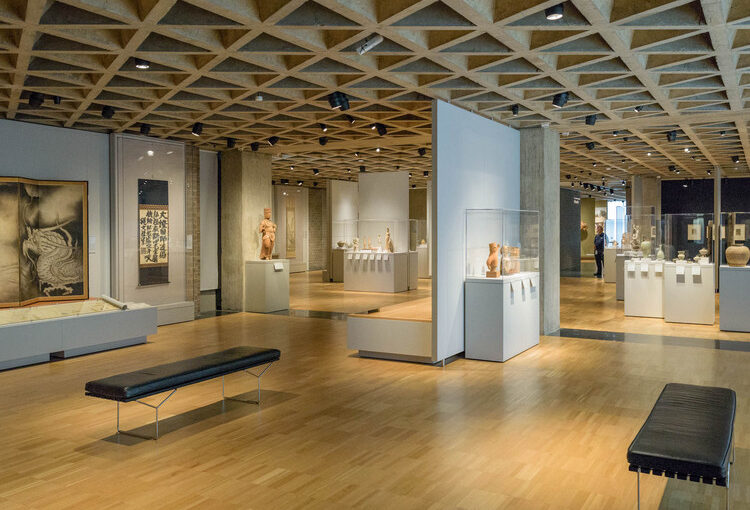
In 2025, we are living in a world where attention spans are short, and competition is around every corner. This means museums and galleries must go beyond traditional promotional tactics to attract and engage potential visitors. It goes without saying that this is true for everyone, regardless of if you are curating world-class exhibits, preserving cultural treasures, or merely an individual artist recognized by a small group of aficionados and friends. Implementing creative marketing strategies can transform your organization. Accurate planning is, of course, crucial. Social marketing strategies for museums will drive foot traffic and produce long-term engagement only when it has been meticulously planned.
Let’s dive into the most effective general marketing tactics for museums and galleries—and how to tailor them specifically to your organization.
Before engaging with media and promotions, your museum needs to identify a clear, consistent, and compelling brand identity. Logo, color palette, messaging, mission statement…you name it; this includes all of these. People are looking to connect with stories more than ever, so if you can articulate what makes the institution unique in a story form, marketing will follow.
Are you a children’s museum, a distinguished fine art gallery, or a local history archive with deep community roots? When you define your story, it will guide every single museum marketing strategy that you put in place in the future.
The rise of digital marketing, and digital communication, has transformed how cultural institutions connect with audiences. From Instagram to Snapchat to TikTok, social media marketing allows museums and galleries to tell visual stories. By sharing content that takes you behind the scenes or asking what people want to know in a live Q&A session, museums can bring a human element to their brands and help keep the audience engaged until the next visit.
In addition to organic content, paid digital campaigns, especially those backed by a strategic ad agency, can hone in on and target niche groups geographically, as well as by age and interest. In one example, a modern art museum based in Connecticut might partner with a Connecticut digital marketing agency to create location targeted ads that cater to local university students, such as Yale or UConn.
Today’s museumgoers desire more than knowledge—they crave memorable, “Instagrammable” experiences. That’s why museums are increasingly creating immersive, interactive installations and marketing should be a telling of that.
Consider making short video teasers of the most visually striking exhibits, or about having visitors post online about their experiences using specific custom hashtags. This kind of creative marketing tactic turns visitors into brand ambassadors.
It is also vital to not forget about repurposing user-generated content to enhance credibility and social proof as much as possible.
Partnerships with universities, high schools, middle schools, elementary schools, hotels, or community organizations can greatly boost exposure and attendance. If you offer exclusive discounts or develop co-branded events, you will be able to tap into new networks. The trick is to identify the right partners — those who share your values and have access to the audiences that you would like to reach.
This is where museum marketing agencies can add value as they typically bring a large network of contacts and specialize in negotiating media and brand deals.
When looking for things to do within a city or region, many potential visitors conduct a Google search. Therefore, it’s important that your museum’s website is optimized. Make sure your website is mobile friendly and full of relevant keywords—“art exhibits near me” or “best children’s museum in New Haven” for example.
You can create blogs to improve SEO and create more trust with your audience, too. Combining this with an email newsletter that features special events, volunteers, and upcoming exhibit information will build visitor loyalty over time.
Final Thoughts
Museums and galleries are uniquely positioned to inspire and educate, but in an age of a rapidly transforming digital landscape and shifting audience expectations, even the most exceptional institutions must adopt creative marketing tactics to thrive.
By combining promotional principles with modern digital tools, you can ensure your museum not only survives but will thrive for future generations.
To learn more about how Mascola Group can help you and your team develop successful strategic marketing strategies for your museum or gallery, contact us today.